WASHINGTON — Before there was a FiveThirtyEight model, or a New York Times election night needle, or 13 keys revealing “how presidential elections really work,” there was an economist named Louis Bean.
Bean achieved a sort of political fame for a book he wrote in 1948 that suggested, contrary to conventional wisdom, that Democratic President Harry Truman was favored to win the election, not Republican Thomas Dewey, the governor of New York.
“It is here, presumably, where the experts fall out, that the tea leaves and intuition enter in,” said a Times review of Bean’s book, “How to Predict Elections.” “The intuitive school has already counted Governor Dewey in by a landslide.”
Truman won.
When Bean predicted that Sen. Robert A. Taft, R-Ohio, would lose reelection in 1950, The Washington Post printed the headline: “Political Prophet Sees Taft Defeat.”
Today, there are more of these “prophets” than ever.
It may be no surprise that people seek certainty before elections happen, given what they see as the stakes: One recent Associated Press-NORC Center for Public Affairs Research poll found that about 7 in 10 Americans believe that the future of democracy is at stake in this year’s presidential election, and another found that about 6 in 10 Americans described themselves as being “fearful” about the possibility of Democrat Kamala Harris winning, Republican Donald Trump winning, or both.
Yet often the forecasters themselves are the first to push back on the characterization that they can tell you what’s going to happen.
“People I think are looking for oracles, right?” said Nate Silver, the founder of FiveThirtyEight and author of the Silver Bulletin, a new site analyzing elections. “They’re looking for people that seem to have some magic formula or have some almost quasi-mystical understanding of elections and trends.”
Charlie Cook, founder of the Cook Political Report, said he flinches “at the term ‘prediction’ because it suggests saying, ‘I think Smith will win.’” But, Cook said, ”In close races, how can someone say that without knowing precisely what will happen between now and the last vote is cast?”
Most people, Cook said, “don’t really understand probabilities, they want it to be definitive, either Smith or Jones, no hedging, no qualifying, no conditions, don’t give me nuance” and “they want us to say something that is unknowable.”
In a recent column, the Cook Report’s publisher and editor, Amy Walter, issued a “plea” to stop “attaching your hopes, dreams, and fears to one poll or a poll model on any given day.”
“Just take a breath and accept the fact that this election will be won on the margins,” Walter said in an interview.
Even Bean, whose election predictions made headlines for decades, cautioned against reading his analysis as gospel. A year before the 1968 election, he predicted, with a caveat, that Democratic President Lyndon Johnson would defeat Republican Richard Nixon: “If the Republicans win, you ought to forget it and say it was a good, tentative early analysis.”
Johnson ended up dropping out and his vice president, Humbert Humphrey, was the party’s nominee. Nixon won.
Before the 2022 midterms, a Q-and-A with David Wasserman appeared in New York Magazine with the headline “‘A Category 2 or 3 Hurricane Headed Democrats’ Way.’” The quote wasn’t wrong. It just wasn’t complete.
“Today, we’re somewhere between an asterisk year, where there’s a minimal wave, and a classic midterm election, where Republicans do quite well,” Wasserman said at the time. “I think this is probably a Category 2 or 3 hurricane headed Democrats’ way, just not a Category 4 or 5.”
Wasserman, senior editor and elections analyst at the Cook Report, said he was trying to convey that, despite the conventional wisdom, a massive Republican wave wasn’t imminent at all. But that’s not how many readers interpreted the headline. Republicans ended up making only modest gains.
“I have to be very careful on how I communicate our elections analysis because it’s so prone to misinterpretation,” Wasserman said.
Before the internet took off, analysts such as Cook and Stu Rothenberg offered their analysis in newsletters. Part of that included putting individual races in categories, on a scale from “safe” to “toss-up.” Those designations come from a combination of access to polling data, reporting in battleground states, in-person assessments of candidates and other factors that have made Cook and Rothenberg some of the foremost elections experts.
The ratings, however, are only a small part of the analysis these outlets provide.
Rothenberg, the founder of the Rothenberg Political Report, approached his newsletter as a venue to tell subscribers what he had observed and analyzed in the world of elections, communicating directly with the readers who knew and trusted him.
Sometimes news outlets would mark his ratings as news events, rather than as expert analysis.
“It was like I was coming down from Mount Sinai with the truth,” Rothenberg reflected.
The current surge of elections predictions is centered around models that use a combination of factors — polling, demographics, historical results, to name a few — to put a number on the probability that a race will turn out one way or the other. That can make it seem like forecasts are objective measurements, when in fact they rely on many subjective decisions, said Natalie Jackson, a longtime pollster who is now vice president at Democratic polling firm GQR.
“They’re treated as a lot more concrete than they should be,” Jackson said.
Nathan Gonzales, who runs Inside Elections, calls the process of placing races in a category to denote competitiveness “a combination of art and science.”
Paradoxically, even though the most reputable analysts urge caution, it’s those who present their predictions most confidently who tend to receive the most attention.
The digital era has made people even more uncomfortable with uncertainty.
“There’s information, and a lot of it, and there’s an industry constantly creating more information, and that makes us think we should have everything at our fingertips, including future election results,” Jackson said.
“Everyone is jockeying for attention, and there are some perverse incentives as well,” Wasserman said. “If your model shows a strong probability for one side, that’ll get the most ‘likes’ and ‘retweets’ on that side. A lot of the most nuanced and thoughtful approaches get drowned out.”
That need for certainty may also be one reason for a field of elections forecasters that is dominated by men, despite the large number of women who work in polling and political journalism.
There’s not a single reason that fully explains the gender disparity, though Silver believes that “men are given license to be more aggressive” and that sexism likely plays a role in who gets taken seriously.
Studies also suggest women are more cautious in professional settings, Jackson noted. It’s a quality that can be critical for conveying uncertainty of elections predictions but doesn’t necessarily get rewarded on social media or in headlines.
“People don’t like uncertainty,” Jackson said. “They like the person who tells them what’s happening.”
That human tendency is especially problematic in the elections forecasting business. Silver actually describes his forecasts as “models of uncertainty.”
“A definitive prediction,” Silver said, “is usually a sign that someone’s a charlatan.”
____
Read more about how U.S. elections work at Explaining Election 2024, a series from The Associated Press aimed at helping make sense of the American democracy. The AP receives support from several private foundations to enhance its explanatory coverage of elections and democracy. See more about AP’s democracy initiative here. The AP is solely responsible for all content.

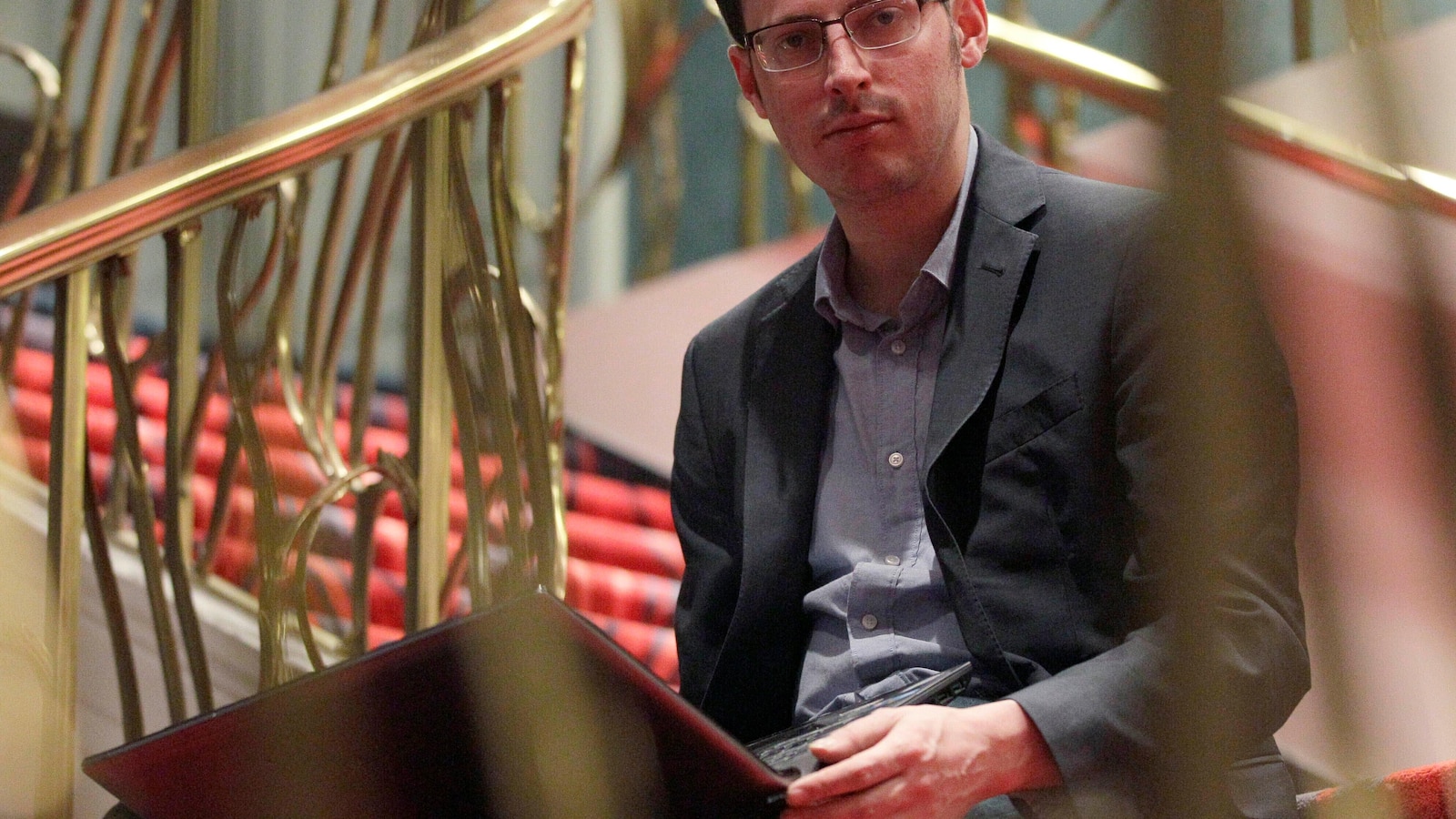

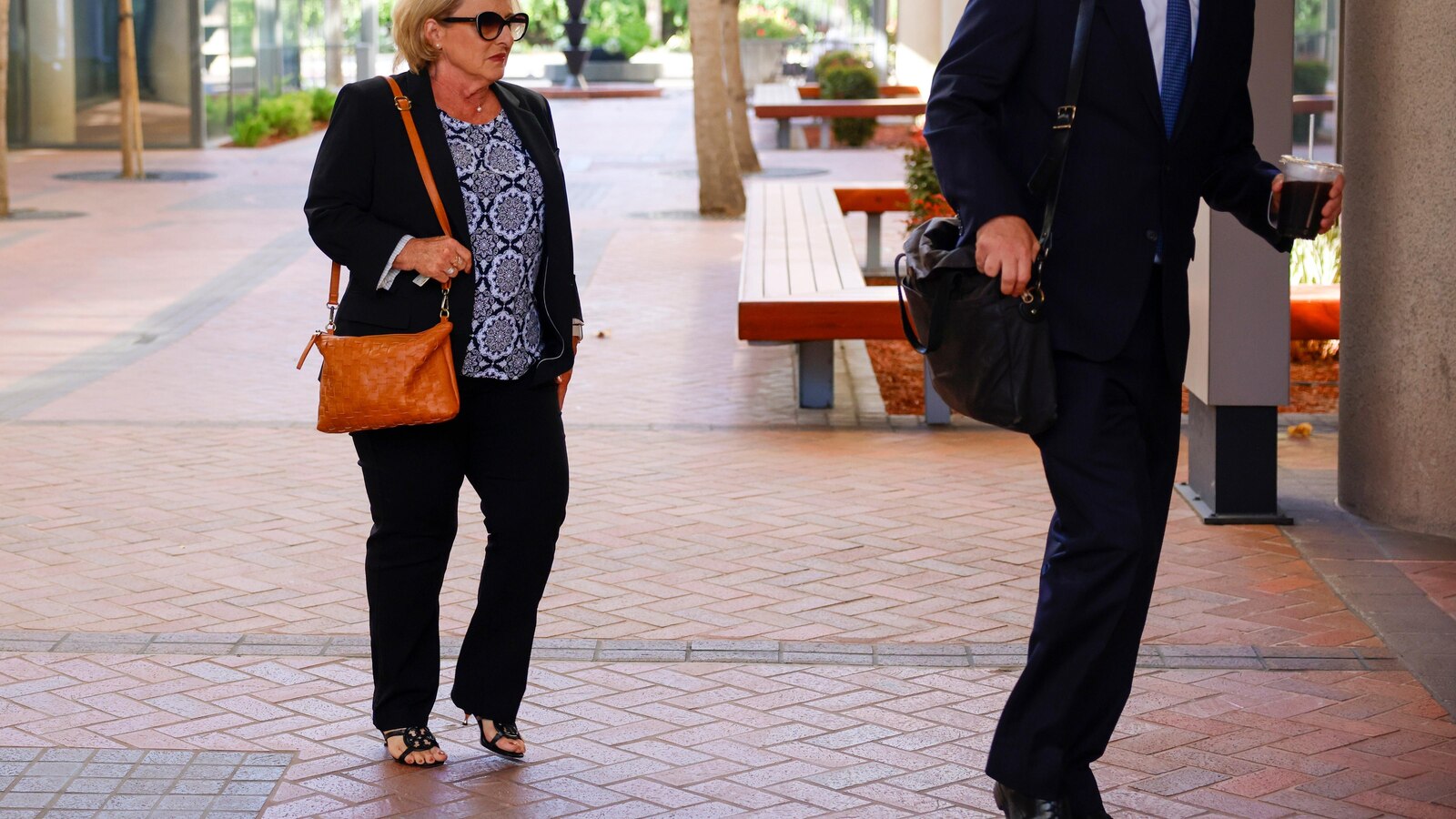
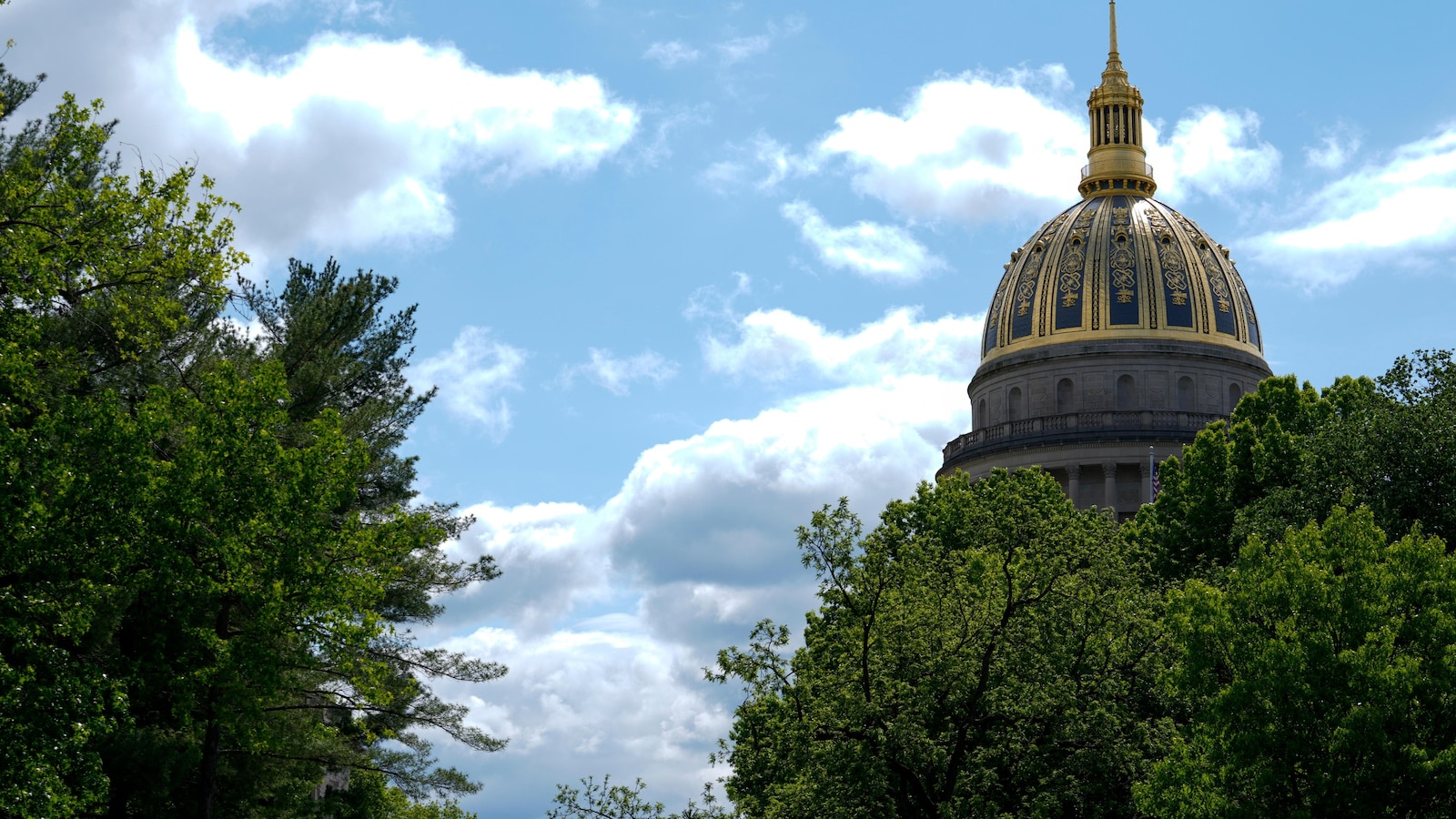

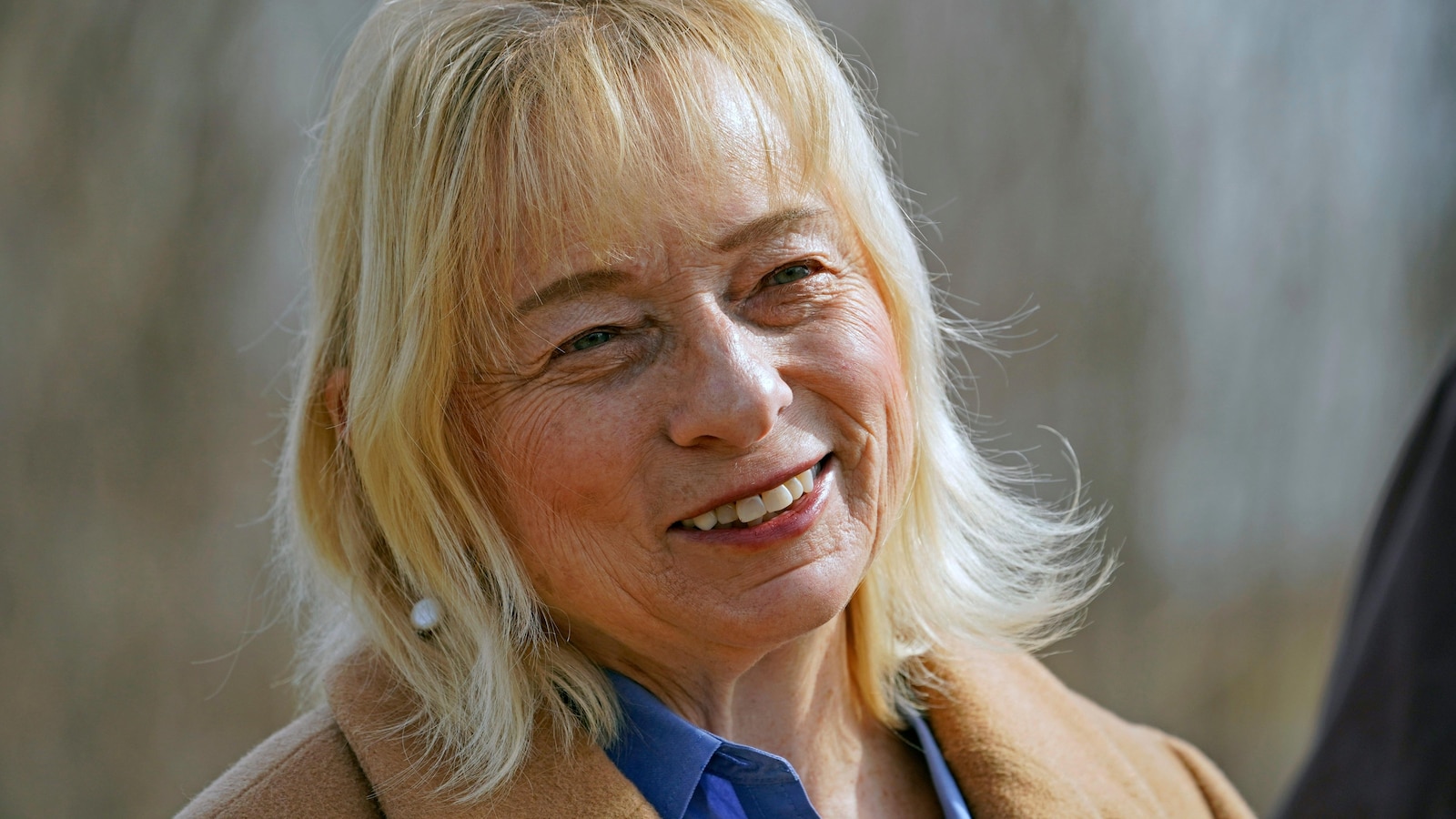
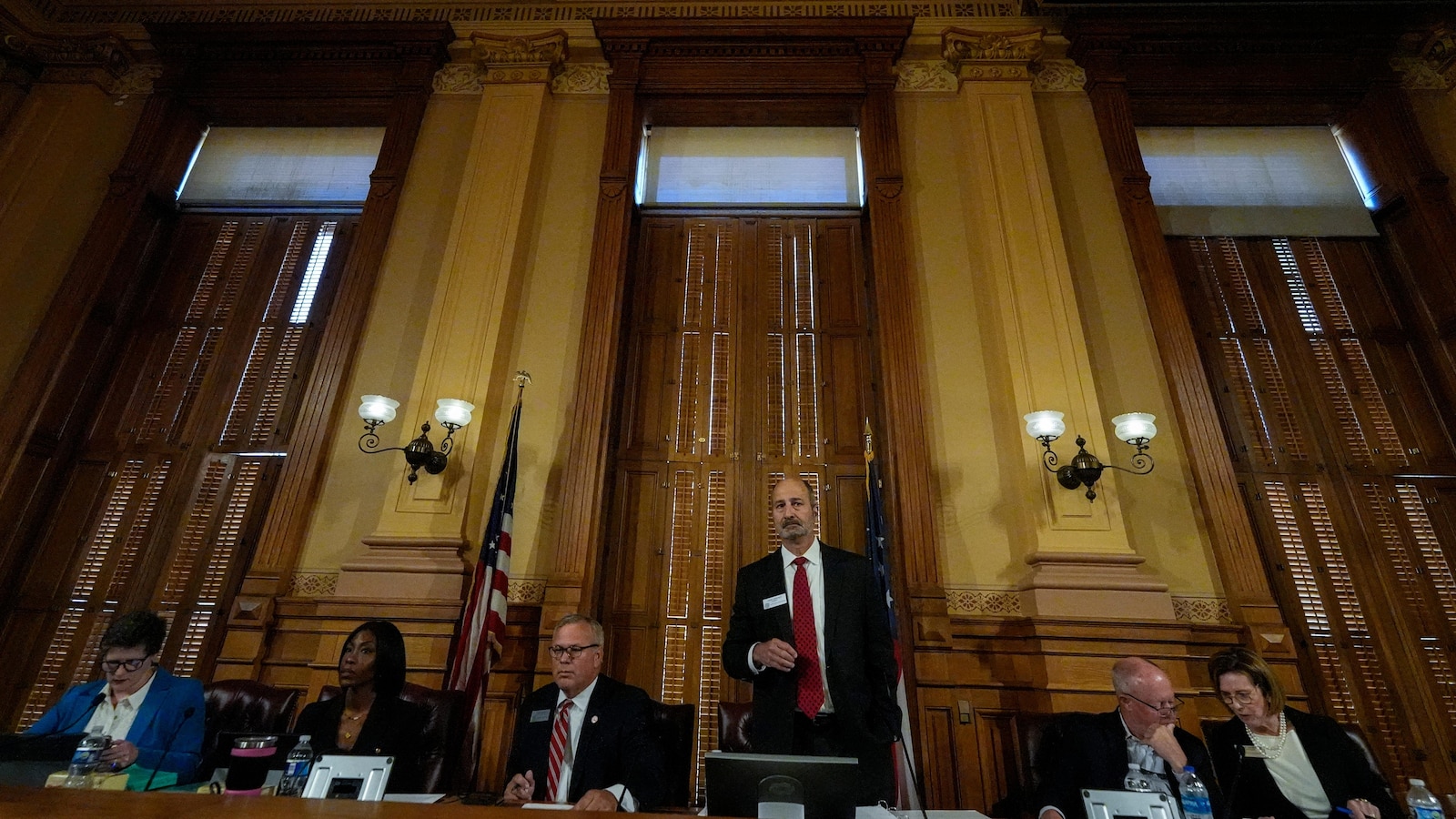

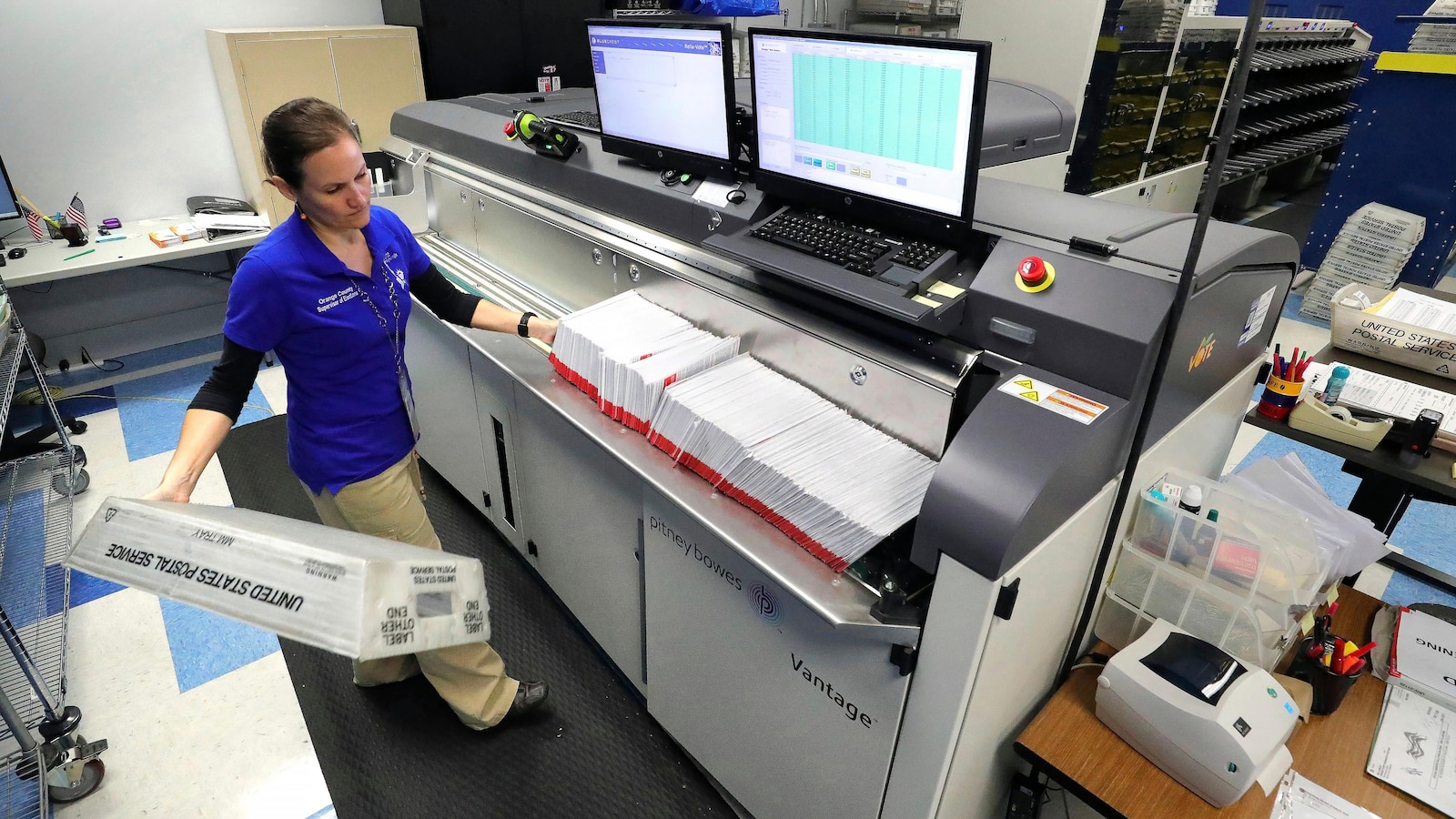
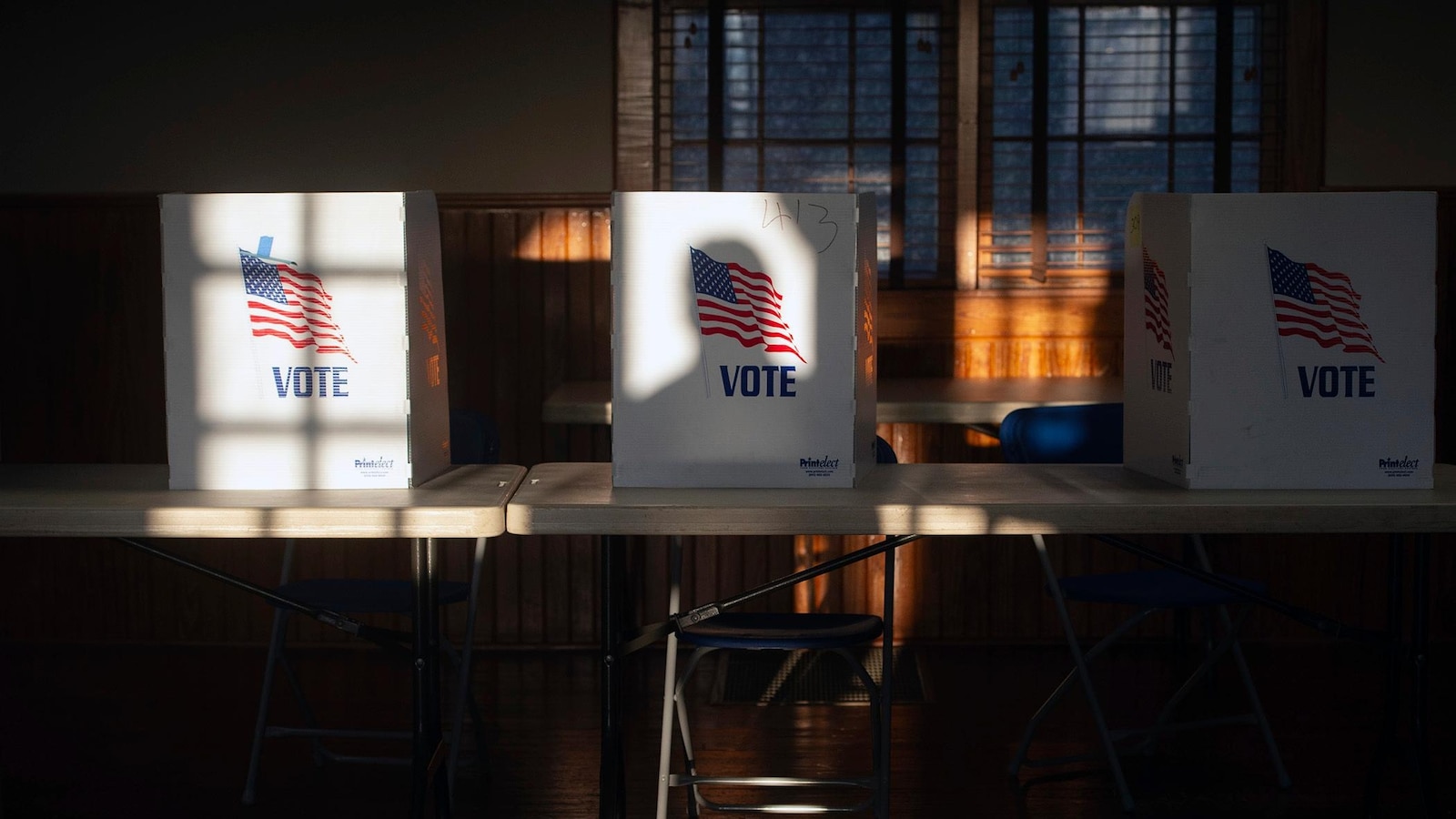
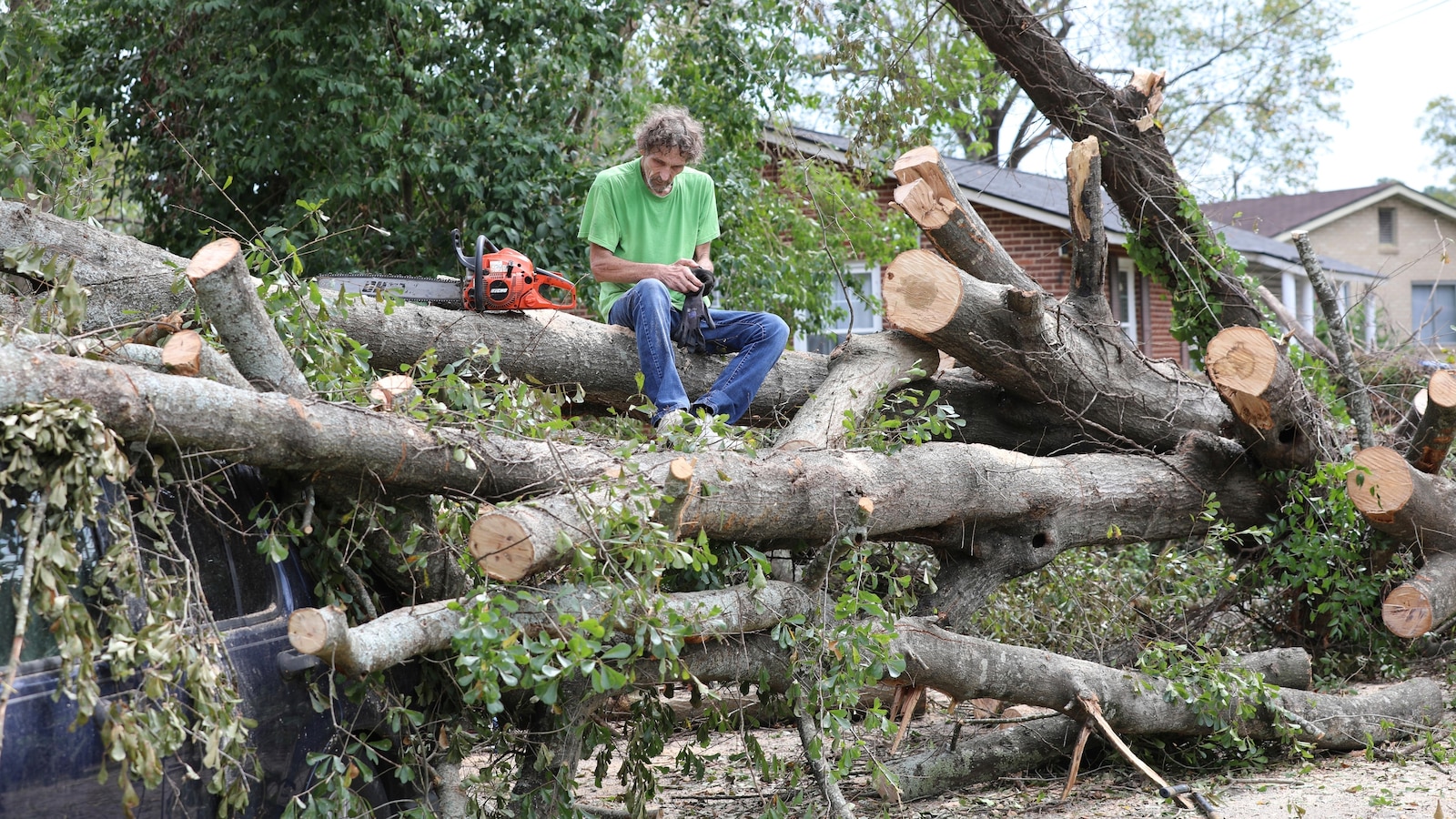

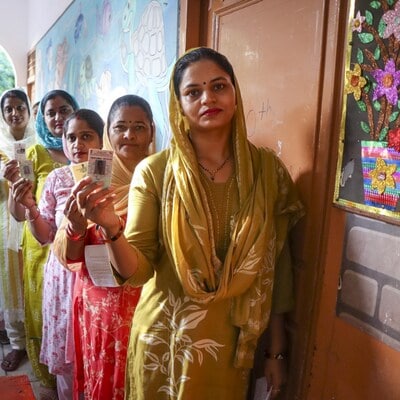
Leave a Reply